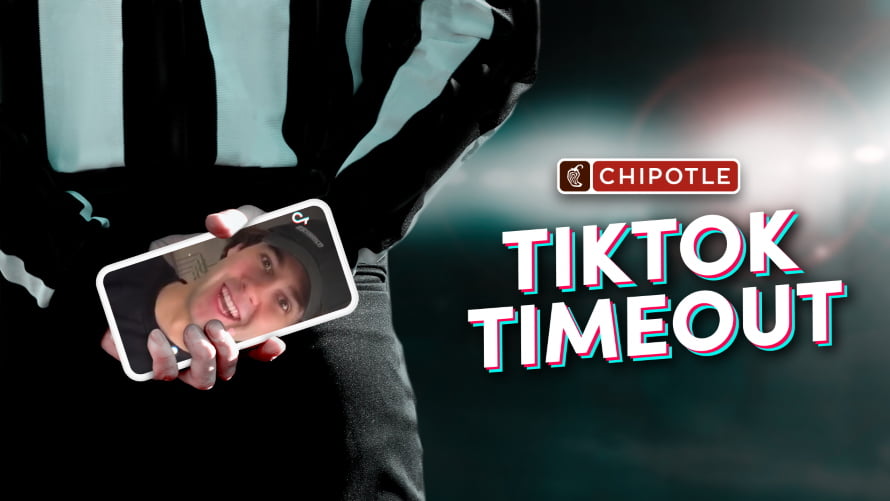For the latest in consumer and industry news, top trends and market perspectives, stay tuned to Mintel News featuring commentary from Mintel’s team of global category analysts.
Unlike last year’s Super Bowl snoozefest, this year’s competition brought the heat, with action-packed excitement that lasted all four quarters. That’s likely to pay dividends for brands no matter which quarter they purchased air time for. After watching each brand’s Hail Mary attempt to connect with consumers on Super Bowl Sunday, analysts from Mintel Comperemedia and Mintel Reports evaluated each spot through the lens of Mintel’s 2030 Global Consumer Trends, figuring out how brands are using these internal and external factors to win consumers’ attention – and dollars. In the end, it’s the brands that demonstrated they know what consumers want and why that ended up winning the big game.
Here’s a look at the spots that won the game, and those that failed to convert.
Brands catered to consumers looking to spend responsibly and ethically
As the climate crisis looms and inequality persists, brands are saying more loudly than ever that by supporting the right companies, consumers can effect the changes that they so often feel powerless to achieve.
Microsoft’s ad, showcasing Katie Sowers, the first woman to coach in the Super Bowl, successfully aligns the brand with gender equality. Relatively speaking, it was a winner. However, the commercial ignored the fact that Sowers is also the first openly gay coach, missing an opportunity to lead the narrative.
On the less successful side of the spectrum is Kia, whose ad speaking to youth homelessness fell flat, failing to explain what a car company has to do with the issue. Only by going to Kia’s website would consumers learn about the company’s Super Bowl-driven charitable efforts. Kia would have been more successful had it spelled out the details in the ad itself.
Authentic experiences mattered
One of the most effective ways brands can connect with consumers is by authentically linking their product to memorable experiences, whether they are in the past, present, or future.
Hyundai’s acclaimed “Smaht Pahk” ad effectively combined all three, and generated large social buzz by using John Krasinski, Rachel Dratch, Chris Evans, and David Ortiz to delight viewers with a hilarious play on Boston accents while communicating an innovative benefit of the new Hyundai Sonata.
Last year’s Super Bowl ads were full of successful 80s/90s nostalgia, but that theme fell flat this year. Cheetos’ MC Hammer commercial, Discover’s Yes/No 15-second spots and Diet Mountain Dew’s “The Shining” remake were humorous, but they failed to connect the nostalgia back to a product benefit, leaving viewers unlikely to have gained a new understanding of these brands and, therefore, uninspired to interact with them more.
Connections to consumer identity rang true at halftime, but not in ads
The Super Bowl halftime show successfully demonstrated the power of heritage and community through Shakira and Jennifer Lopez’s Latinx-inspired performance. Brands tried to play on consumer identity too, albeit with mixed results.
Budweiser’s ad successfully appealed to American heritage through displays of strength, compassion, and the success of “typical Americans.” However, the eventual tie-in to the product – a Budweiser beer – did not land as smoothly.
The opposite was true for Facebook’s commercial highlighting Facebook Groups. The ad demonstrates the utility of the product well, bringing together people of a variety of different “rock”-themed interests into singular communities. However, while the ad showcased the “what” of groups, it didn’t successfully demonstrate the “why.”
2019 predictions for Omnichannel proved true
In our coverage of the 2019 Super Bowl, Comperemedia predicted that this year, brands would invest more in the omnichannel experience to extend their $5 million investments as far as possible. Several brands, such as Doritos, invested hundreds of thousands of dollars to promote their spots on social media ahead of the game. And some brands eschewed the TV spot all together.
Mint Mobile owner Ryan Reynolds announced in a full-page New York Times ad and on the company’s website that instead of spending $5 million on a Super Bowl spot, it would use that money to give all members three months of premium wireless coverage.
Squarespace launched welcometowinona.com – the website Winona Ryder promoted in its spot. Beyond exploring her site, visitors can purchase a limited-edition book of photography, with all proceeds benefiting the American Indian College Fund.
In lieu of a Super Bowl spot, Chipotle ran TikTok Timeouts, starring some of the channel’s more popular content creators. With an active user base of 80 million in the US alone, this channel is a safe bet to get lots of eyeballs during the big game.
What we think
Any brand that dropped its full spot without a tie-in to a creative omnichannel campaign in advance of the game missed a big opportunity to drive consumer attention, discussion, and interest. Consumers still want surprise and delight from their Super Bowl ad experience, and releasing the spot alone is not optimal for creating discourse or building brand affinity.
Rachel Arndt is a Senior Analyst for Comperemedia.
Nick Batt is a Senior Analyst for Comperemedia.
Vince DiGirolamo is a Director of Retail, eCommerce, Finance, Auto and Sports Reports for Mintel.
Colin O’Brien is a Sports Consumer Insights Analyst for Mintel.
Laura Ziemer is Director of Insights of Digital Media at Comperemedia.
